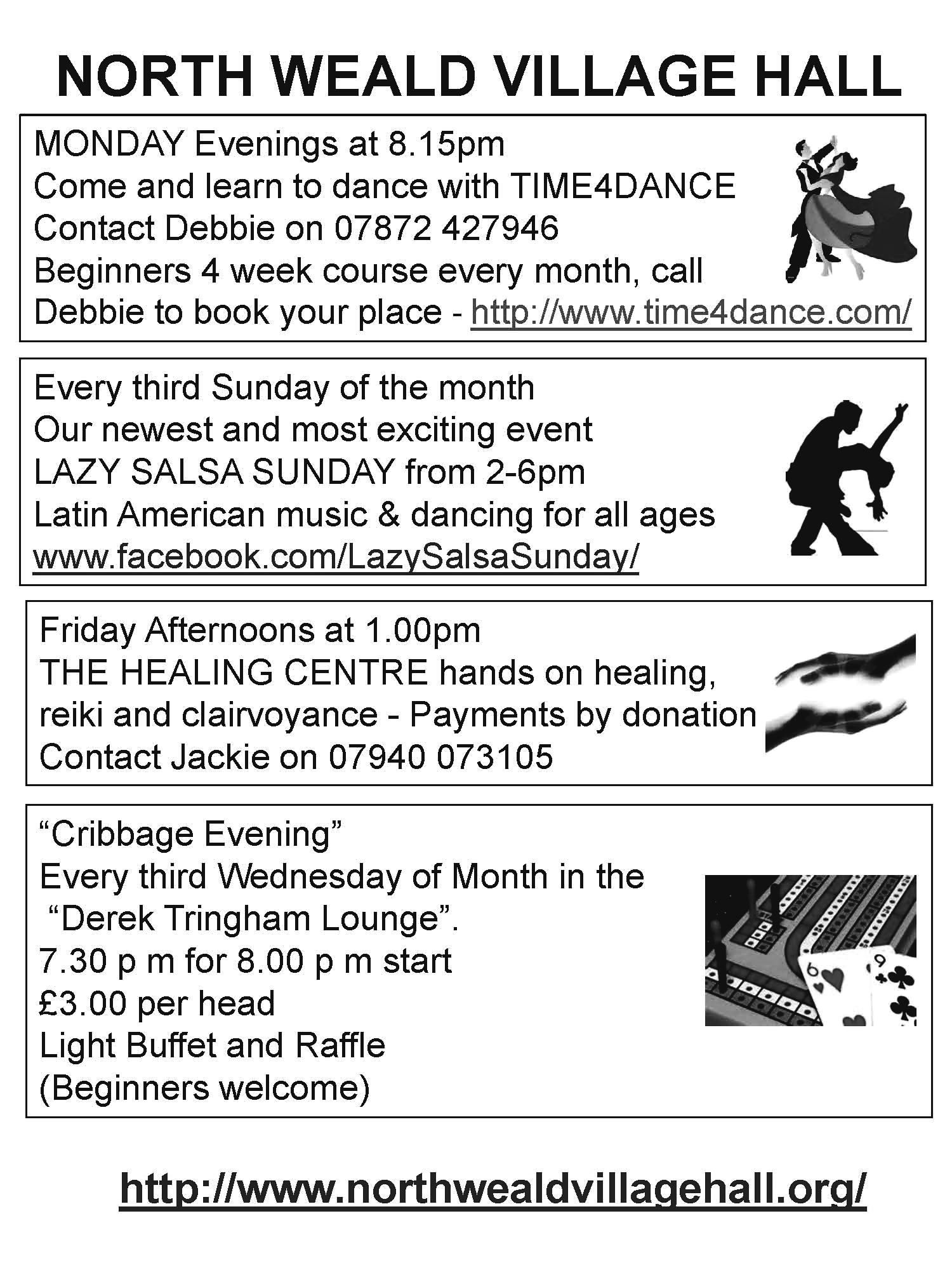
5 minute read
Poem
So this year’s crazy summer is now coming to an end, Despite sometimes beautiful weather allowing staycation to become the new trend.
The nights are drawing in as daylight hours soon start to lack, While all the schools and universities start a new norm regime as they have the green light to go back.
Advertisement
Things are still far away from normal as everyone tries hard to fit in, It’s now a world that’s changed so much that no-ones really sure how to begin.
Though the world will keep on turning and new procedures will be learned, Slowly etching new norms into our minds, getting a bit easier each day until hopefully we’ll all feel more reaffirmed.
It wont be classed as the new normal. as we’ll all take it in our stride,
As the new generations will already be adapted, having lived with the regulations applied.
The world will settle back to yet another type of phase, And we’ll all be adapted as we carry on through our mortal haze.
Source: Andy—resident poet. How true this is. Things change so quickly but the younger generation will be more prepared to cope with any future changes that may occur having lived through this pandemic.
Have you seen this?
I came across this on our hedge, I thought it was a clump of moss but then noticed it was attached to a wild rose stem. It’s the size of a tennis ball and is created by the larvae of a Gall wasp. We have five rose gall wasps in the UK. The one that causes this gall is very small and it doesn't sting. Each gall contains many larvae, each living in their own chamber inside the gall. The larvae create a chemical which makes the leaf or bud of the wild rose mutate into the ball you see in the photo. The gall reaches full size in late July to early August and doesn’t harm the plant. The larvae don’t leave until the following spring when they’re fully grown. I don’t know if you have seen one of these before, I certainly haven’t.

Ken Care.
The first passenger carrying train for many months passes Blake Hall Station on route to Ongar on 1 August Photo: Chris Kennedy

As announced in last month’s issue, your local Heritage Railway recommenced regular passenger operations on 1 August. Volunteers had worked hard to ensure appropriate ‘social distancing’ measures were in place throughout our facilities. We were very pleased to welcome customers back to the Railway and initial passenger numbers were just right for us to thoroughly test all our new procedures. A big thank you to all those who were able to attend.
We introduced a new timetable, with services running from North Weald to Ongar and then non-stop into Epping Forest, where we came to a stand approximately 200 metres from our boundary with the London Underground, before reversing to North Weald and then returning once more to Ongar. Initially, the service was provided by our Class 117 Diesel Multiple Unit, paired with a Class 121 making up a two-car unit. If, as expected, our passenger numbers continue to grow, we will offer more diesel and steam hauled services, including dining trains, in the near future. For details of our current services please visit our website at: www.eorailway.co.uk
After the long period of ‘lockdown’ we are once again seeking volunteers to work with us on the Railway. If you would like to join us and assist with our maintenance programme or in an operational role on running days, please contact: membership@eorailway.co.uk

Robert Good Epping Ongar Railway Volunteer Society robertg@eorailway.co.uk
07932 724730

There are still no foreseeable meetings of OWLS, so the focus is still on wildlife in our gardens.
Last month I planted large pots with nasturtiums and these attracted female small white butterflies to lay their eggs. Now the eggs have hatched and the caterpillars are feeding and growing, eventually to become the next generation of butterflies.
Here is a photograph of one of the small white butterfly caterpillars enjoying a nasturtium leaf and the adult into which it will develop.

Although I have welcomed small white butterflies into my garden, they are considered a pest by those who grow cabbage crops. Planting nasturtiums close to netted brassicas will attract the butterflies away from the crops to lay their eggs. Caterpillars can then be managed and so we can coexist with these insects.

All of those who found solace in nature during the lockdown are being urged to join the annual Big Butterfly Count in which we can help assess the help needed to protect butterflies from extinction. The scheme was launched in 2010 and has rapidly become the world’s biggest survey of butterflies; last year just over 116 thousand records of butterflies and day-flying moths were submitted from across the UK.
TV naturalist Chris Packham is encouraging members of the public who found that nature helped them through the recent months of lockdown to return the favour to the natural world by contributing to the Big Butterfly Count scheduled from Friday 17 July to Sunday 9 August 2020. To take part, you’ll need to find a sunny spot and spend 15 minutes counting the butterflies that you see. The data gathered by the public will be used by scientists to determine where conservation efforts should be targeted in future.
Butterflies play a crucial role in the ecosystem, and are both pollinators and components of the food chain. However, due to climate change, farming practices and habitat loss, many butterfly species are under threat, with numbers having declined significantly over recent decades.
When OWLS starts again, meetings will be held at 8pm at Budworth Hall, High Street, Chipping Ongar CM5 9JG on the third Monday evening of the month at 8pm, but unfortunately this will not be for some time yet.
Keith Snow
Social distancing is still important
Social distancing is vital, now more than ever, to prevent the further spread of COVID-19.
Wherever possible, it is important to maintain a minimum distance of two metres between you and someone outside of your household.

Where two metres is not possible, a minimum distance of one metre plus is advised, along with other mitigating measures such as face coverings and good hand hygiene.









